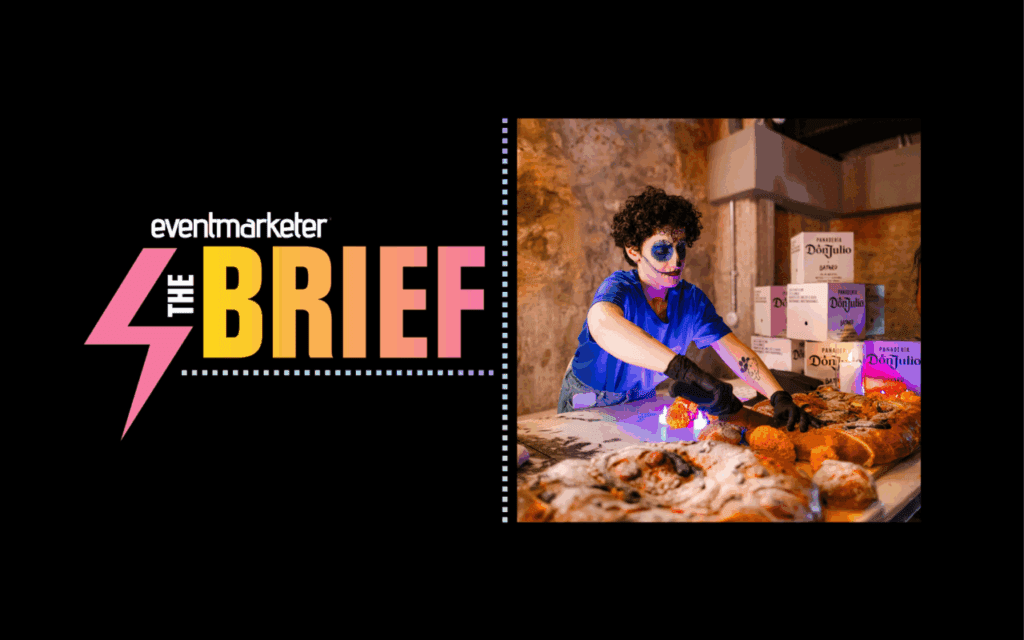Helzberg Diamonds uses personalized contacts to keep track of customer milestones like anniversaries – and divorces
FOR THE 225-STORE, 30-state jewelry chain Helzberg Diamonds, the challenge of marketing is knowing not only how frequently customers buy jewelry, how recently they’ve bought it and how much they’ve spent on it, but when during the year they buy it. The company utilizes its central database to track which customers typically buy for Valentine’s Day, Mother’s Day, Christmas and other jewelry-centric holidays, including birthdays. But the one annual jewelry-buying occasion Helzberg is not able to get its database around is wedding anniversaries.
“There’s a lot of divorces that occur,” says John Goodman, Helzberg’s vice president of marketing. “Keeping track of an anniversary is one thing, but keeping an accurate record that’s still valid?” Instead, store associates who have relationships with regular customers are encouraged to send handwritten notes. “The associates know what anniversary it is, when it’s going to happen, what style of product she prefers,” Goodman says. “A lot of those more difficult types of issues can be handled more effectively through these real relationship marketing efforts.”
Associates are encouraged to send notes for similar special occasions, including Christmas cards. “Nothing can replace the impact of those contacts,” he says. “If you get a note from someone you prefer to shop with – they understand your likes and dislikes – you’re receptive.” The company hasn’t been able to quantify the impact of these notes, but Goodman believes they are effective at building relationships because of the very high-touch, personal nature of the contacts.
For Helzberg, this communication works in tandem with the company’s centralized database marketing efforts. Based in Kansas City, MO, and in business since 1915, Helzberg Diamonds is unique from many retail businesses in that it has been capturing and utilizing all of its transactional history for 22 years. A 20-person marketing staff leverages this database-driven information for a wide range of applications, including real estate expansion, customer research, customer service and mass media messaging and strategy. But the database’s primary use is relationship marketing.
“Diamond and jewelry purchases are not impulse,” notes Sandra Gudat, president and CEO of Customer Communications Group, one of Helzberg’s marketing vendors.
The company’s success at building relationships is centered on the Helzberg Diamonds’ lifetime guarantee, entitling customers to a free replacement if their diamond or gemstone if ever lost from the mounting or damaged while in the jewelry. When a customer purchases a gem and registers for the guarantee, Helzberg collects their residential and transactional information. The guarantee is an especially effective customer retention tool in that it not only gives customers long-term security for their purchase, it bonds them to the store for a lifetime, thus increasing the chance of converting them into loyal customers.
As a result of this intensive data collection, Helzberg’s customer file contains more than 3 million households, which the company has segmented into more than 50 customer groups. Those groups that fall higher on the hierarchy of value receive a higher level of communications. Top customer groups receive such communications as invitations to special merchandise showings, a free holiday music CD and certificates for free dinner at a quality restaurant, on top of the store’s eight holiday catalogs a year. But even each holiday catalog is targeted: best customers receive a 28-page version, moderate customers a 12-page edition, and average customers the 8-pager.
According to Goodman, the company decides how much promotional dollars to invest in each segment by analyzing customer transactions, monitoring segments over the course of a year and coming up with a lifetime value figure. But another important consideration behind Helzberg’s marketing initiative is lifestyle. Helzberg conducts lifestyle research on customers, then markets to their interests beyond diamonds and jewelry. Two important customer groups are women and men purchasing engagement rings or solitaires. For women, Helzberg recently produced a “Love In Bloom” wedding planning booklet with information on choosing flowers, music, invitations and displaying styles of diamonds. For men, the company produced the “Guy’s Engagement Manual,” with articles on how to propose, honeymoon checklists and technical aspects of buying diamonds. Both publications are available in stores and online (www.helzberg.com).
Another lifestyle marketing piece is a “From The Heart” newsletter, published three times a year for 200,000 holders of the Helzberg credit card. Articles include seasonal jewelry care, holiday activities for kids and recipes. Overall, the newsletters boast a 65% readership, according to follow-up surveys.
To measure return on investment, Helzberg looks at the lifetime value of each customer segment next to the company’s annual investment in contacting the customers in a segment, next to the segment’s annual sales.



